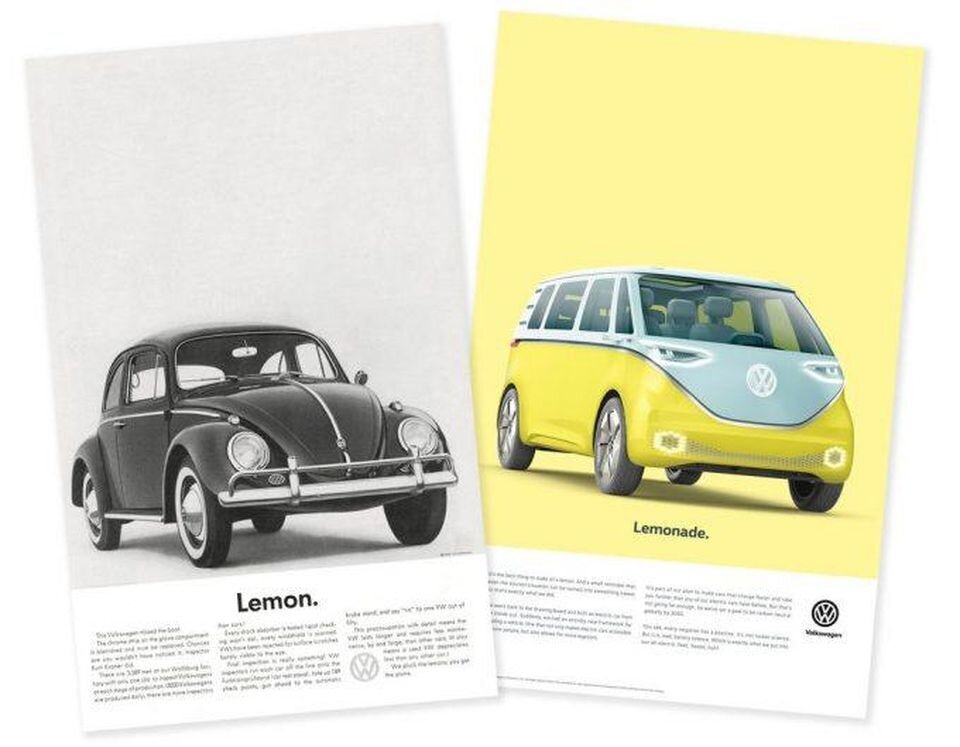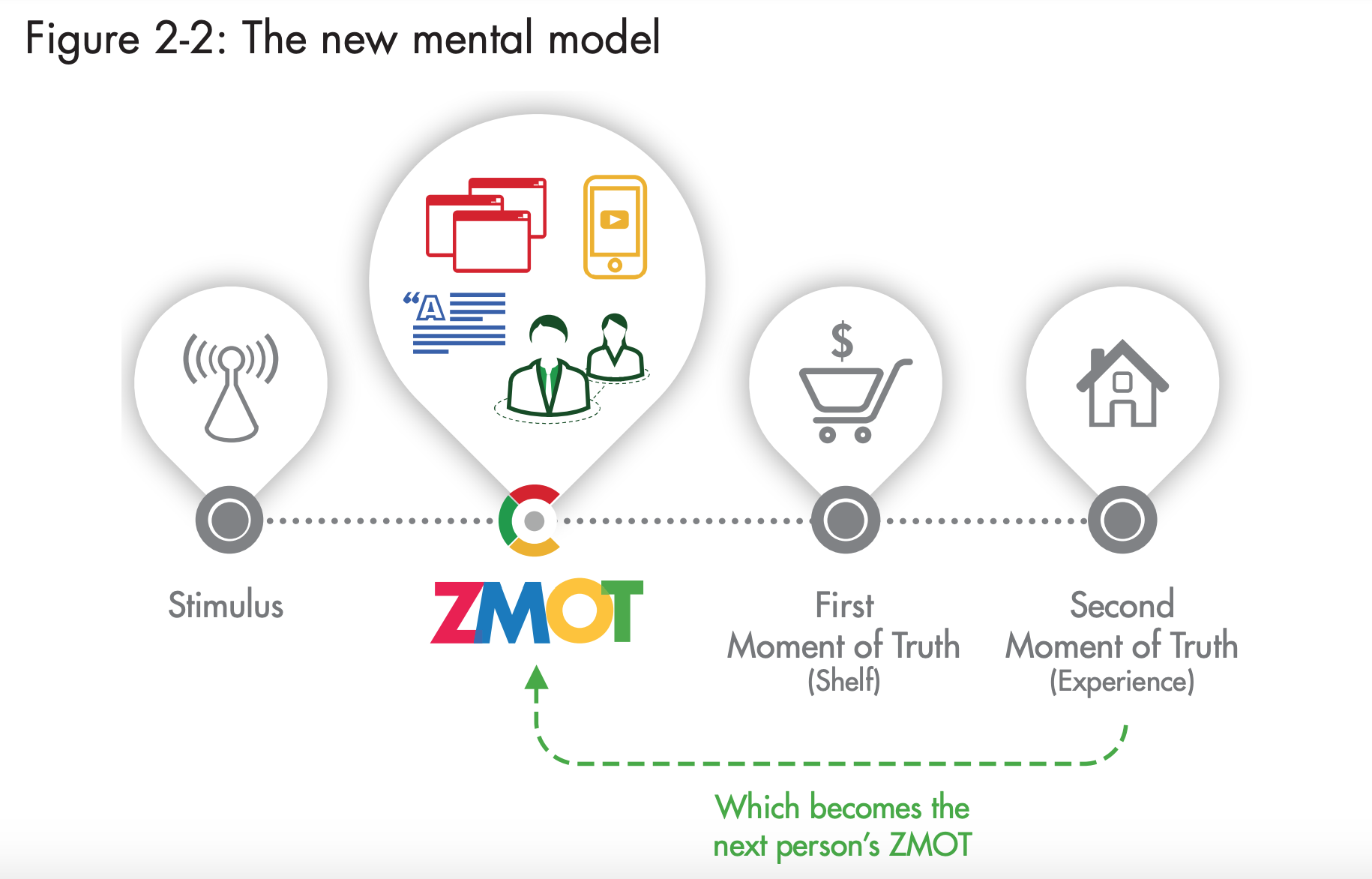Consumer Behavior in Digital Era
Tugce Taman Malatyali, 2018
The Evolution Of Consumer Behavior In The Digital Age
The world is rapidly changing, and technology is taking the lead. The digital transformation has and will continue to change social trends and directly affects consumer behavior. With everything transformed into digital, it means companies are also shifting their businesses online. Meanwhile, today almost all businesses have accepted that digitalization is reshaping customer journeys. Moreover, brands need to catch up on the latest trends to survive the challenges of digital marketing. This will be possible to drive consumers’ perception and behavior in redefining conventional roles, modifying sales tactics and rethinking engagement strategies.
While technology changes rapidly to make daily lives easier, marketing has always been about driving growth in this day and age and the formula for how to drive growth in today’s market has changed. People are more in control of their lives due to the advances in digital technology and mobile devices. People expect an immediate answer in the micro-moments such as to know, go, do, and buy. All of these intent-rich moments are creating journey shapes as unique as each person. In many ways, intent is redefining today’s customer journey and marketing funnel. In this context, first this paper explores the origins and the changes of customer journey mapping, then looks at present elements, where customer journey is today and where it is going.
The customer journey is not a new phenomenon, it is also a long-lasting concept within the marketing literature with its evolving features through the years, it is a crucial topic. Its roots needed to be identified and recognized to truly understand this concept. In 1898, a theoretical customer journey model AIDA which stands for Attention, Interest, Desire, and Action model was developed by E. St. Elmo Lewis who mapped the consumer attention moment to the point of action or purchase (Oxford Reference). Mackay (2004) explains that AIDA consists of Awareness (attention to customer); Interest (improving customers’ interest by focusing on profit and benefit and it is not focused on features such as in traditional advertisements); Desire (convincing the customers that the interest of a product or service can fulfill their needs); Action (main customer actions and or purchase the products and services).
Although the model was introduced centuries ago, it has gone through a variety of modifications, AIDA has frequently been illustrated in the diagrammatic format of a funnel and it is often referred to as a "purchase funnel," “customer funnel,” “marketing funnel,” or “sales funnel” (Ashcroft and Hoey, 2001). According to Ashcroft and Hoey (2001), the AIDA model can be applied to Internet services as it is applied on other products and services. The first step of the communication process is where the consumer needs to know the existence of products and services. At the affective level, consumers have an interest in the offers. At the behavior level, the action takes place.
Digital technology has transformed consumer habits utilizing such methods as mobile devices, apps, search engines and machine learning to meet customers’ desires at the moment they need them. Consumer habits can be easily appealed to through the usage of search engine data to properly meet their needs. Affecting customer decisions regarding product awareness purchase journey is very important in marketing the product in question. Under the traditional marketing mindset, customers have behaved in a funnel. They have started by becoming aware of the product and brand. Then, they eventually have gone through several steps to purchase a product and had become loyal customers. (Kotler and Armstrong, 2010) Over time, the customer journey has changed as customers constantly find new ways to fulfill their individual buying needs by focusing on mere moments.
In 2005, the Moment of Truth model is created by P&G (Muzellec and O’Raghallaigh 2017; Lecinski, 2011). According to Philip Kotler, Moment of Truth is defined as “Every opportunity that the customer has to experience and evaluate their relationship with a company” (2009). At that time the model had become one of the most crucial trends in marketing for those years because it so accurately captured the customer’s decision process when buying a product (First Moment), experiencing a product (Second Moment of Truth), and eventually becoming loyal to the brand (Huang et al., 2012). However, technology transforms the way consumers search, decide and buy.
"Stimulus: Dad is watching a football game and sees an ad for digital cameras. He thinks, “That looks good.”
Shelf: He goes to his favorite electronics store, where he sees a terrific standup display for that same digital camera. The packaging is great. A young sales guy answers all his questions. He buys the camera.
Experience: Dad gets home and the camera records beautiful pictures of his kids, just as advertised. A happy ending.”
Winning the Zero Moment of Truth eBook (2011)
Winning the Zero Moment of Truth eBook (2011)
One of the most significant goals of marketing is to influence customer decisions at the moments on the journey from becoming aware of a product to purchasing it. Therefore, beyond the traditional marketing funnel Zero Moment of Truth (ZMOT) which describes how digital channels such as social media and search influence the customer decision journey coined by Google in 2011 in order to match the modern online customer journey and concerns the moment when a person begins searching for information regarding a product or service that customer is interested in (Łysik et al., 2014). ZMOT has been the moment in which consumers are already aware of their needs and they start the process of seeking information on a given product or the service, the purchase of which they consider. However, the modern customer’s decision process has been continuously much more iterative, they want a different experience depending on the brand and product they shop for now and the future.
Winning the Zero Moment of Truth eBook (2011)
Technology has changed the world in a virtually countless ways and it is intended to make lives easier. Therefore, the different forms of customer journey in terms of marketing has transformed drastically over the years. While the customer journey has been evolving since the 1800s, the path-to-purchase has become shorter in every step. Today, consumers are more likely than ever before to make the best possible purchasing decisions. Consumers not only make purchase decisions faster, but also, their behavior change in terms of time and innovations. Consumers are more global with the spreading internet usage around the world.
AMA, What Does the Future of Customer Experience Look Like?
While international consumer behavior increase the importance of becoming digital and companies challenge with going digital (Leeflang, 2014). Customers are so used to great customer experiences that 32% say that they’ll walk away from a brand — even a brand they love — after just one bad experience, according to a 2018 analysis by PwC. (Steimer and Conick, 2018). The evolution of the customer journey obviously shows that there are endless possibilities for continuing change. Identifying today’s customer journey reveals what the future of customer experience will look like. More technology, more speed and higher expectations will force companies to adapt or be left behind.
References
Ashcroft, L. and Hoey, C. (2001) "PR, marketing and the Internet: implications for information professionals"
Huang, Y. Hui, S. K., Inman, J.J., and Suher, J. A. (2012) “Capturing the “First Moment of Truth”: Understanding Point-of-Purchase Drivers of Unplanned Consideration and Purchase”
Mackay, A. R. (2004) “The Practice of Advertising”
Kotler, P. (2009) “Marketing Management” pg. 454
Kotler, P. and Armstrong, G. (2010) “Principles of Marketing” pg. 179-185
Lecinski, J. (2011) “Winning the Zero Moment of Truth”
Leeflang, P. S. H., Verhoef, P. C., Dahlström, P., Tjark, F. (2014) Challenges and solutions for marketing in a digital era, European Management Journal.
Lysik, L. & Kutera, R. & Łopaciński, K. & Machura, P. (2016) “Strategic role of consumer moments of truth: A marketing challenge in mobile communities.”
Muzellec, L. and O’Raghallaigh, E. (2017) "Mobile Technology and Its Impact On the Consumer Decision-Making Journey: How Brands Can Capture The Mobile-Driven “Ubiquitous” Moment of Truth"
(Steimer and Conick, 2018). AMA, What Does the Future of Customer Experience Look Like?





